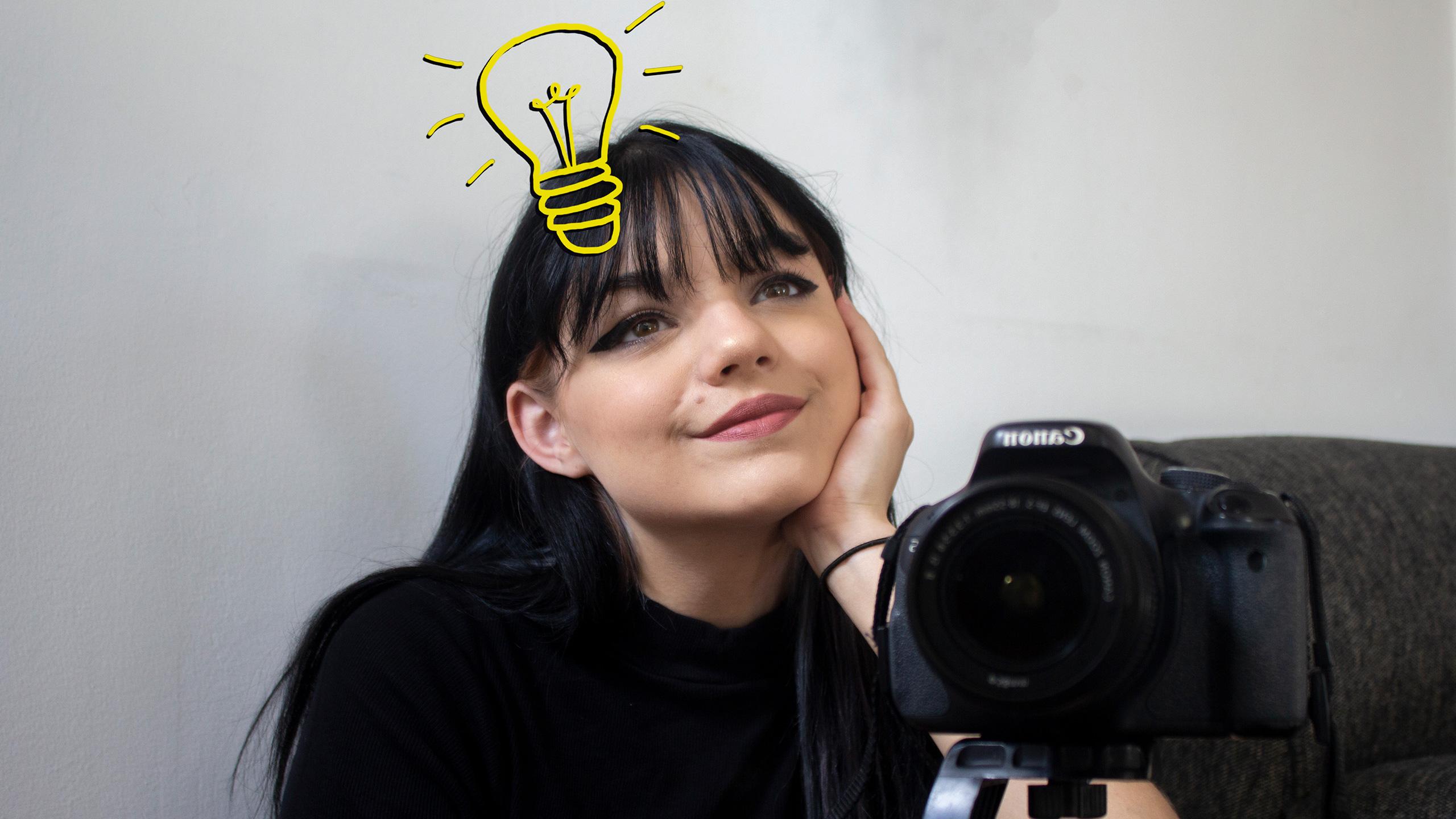By Minh Truong
Staying indoors during COVID-19 has taken a toll on the work flow of many creatives. For photography students at the Ryerson School of Image Arts (IMA), self-reflection has been their inspiration to take up the camera again during quarantine.
For these students, quarantine has helped them rediscover their creative side on a more personal level. By connecting with friends, family and even themselves through photography, these students have found inspiration behind closed doors.
Jordana Petruccelli originally lost touch with her creative side due to COVID-19 stress. “The first bit of quarantine was great because I could relax, but I was stressed and worried about things later.”
The lack of creative flow meant she hadn’t picked up her camera for a few months after the winter semester ended. “I wasn’t creating [art] and I just felt super disconnected from a big part of my life,” she said.
That “big part,” for Petruccelli, was photography—it was everything she did and it was everywhere she went.
The fourth-year student finally rekindled her flame after she had a photoshoot with a friend in July. Although initially nervous, the shoot got her back into the swing of things. “It felt really refreshing mentally and creatively,” said Petruccelli.
Communication was also something that Petruccelli found important during her adjustment under COVID-19. While she’s still been busy with editing and administrative work, she said she misses being able to physically photograph and interact with people.
“My busiest season is usually summer,” said Petruccelli. “[COVID-19] definitely impacted the amount of work I’ve been doing.”
Tommy Caldéron also struggled to deal with the loss of communication and isolation that comes with living through a pandemic.
“I had to make a transition from speaking to people in person,” said Caldéron. “It’s harder for me to be casual [in virtual calls], especially when having to be clear on communication.”
Caldéron eventually had photoshoots with people who reached out to him on social media when restrictions scaled back. However, he continues to be extra cautious about safety regulations and protocols.
“You’ve got to find a way that works, whether it is scaling down productions or finding a different workaround.”
“Your mind feels like it’s at a standstill when being at home and doing work”
Meagan Dickie, a fourth-year photography student, also had to find creative ways to adjust the way she worked. To respect COVID-19 safety measures, Dickie started going to the beach with her friends to take photos. She found it comforting and it allowed her to stay in touch with her creative side.
“When I moved here, I didn’t have a lot of friends until a couple months ago,” said Dickie, who moved to Toronto from Victoria, B.C. in March.
“It’s quite difficult to make art when you are isolated,” said Dickie. “At first, I didn’t want to take photographs.”
Checking in with herself, Dickie explored new ways to find inspiration by browsing through artists she follows and taking notes of their work.
She also explored the world of DIY projects. One of them was a foot candle, where she dipped her foot into a plastic and rubber moulding then added candle wax into it. “I love my foot candle, you can see my toenails and my wrinkles,” said Dickie. “It is so gnarly.”
Her quarantine was also met with the support of her parents, who set up a small workstation for her while they were moving. “It is nice to have people supporting me creatively,” said Dickie.
Family is also something that fourth-year photographer Jessica Rondeau focused on during quarantine.
In the winter semester, Rondeau’s work was featured in the IMA’s Function Magazine. Her project, called Things Grow Apart, is about her family and the changes they endured during quarantine. The project explores her familial structure and dynamics of her family members.
Adjusting to the new normal, the Mississauga-based photographer found herself unmotivated at times. “Your mind feels like it’s at a standstill when being at home and doing work.”
Now, she’s expanding on her original project. Sticking with the theme of family, Rondeau will explore her Anglo-Indian heritage for her fourth-year thesis project.
However, her plans of going out and photographing other people could be changing due to increasing concerns around COVID-19.
“Now I have to plan how I’m going to follow the safety protocols and still get the results I want,” said Rondeau.
To the east end at Whitby, Jerry Qiu saw the quiet sight of Toronto during COVID-19 as an opportunity for his projects. While quarantine did not affect him much in terms of workflow, he is finding new spins on street photography that play off the changes in Toronto’s landscape.
“I came downtown two or three times [during quarantine],” said Qiu. “I found the empty streets are something you don’t experience much, unless it’s the holiday.”
The street photographer was interested in the “social distancing” signs on the streets. “It gives off a propaganda feel, an aesthetic that is intriguing to me.”
The photography student, who switched to the integrated digital option for his fourth year, is working on a virtual reality project on illustrating landscape transformation during natural disasters.
With the recent chain of events around the world, it’s a weird time for everyone—even without COVID-19, according to Caldéron. But he hopes people can come out of it stronger.
The photography student has been on a self-reflecting journey throughout quarantine. “The mental toughness has developed in me to cope with what’s going on in the world right now.”











Leave a Reply